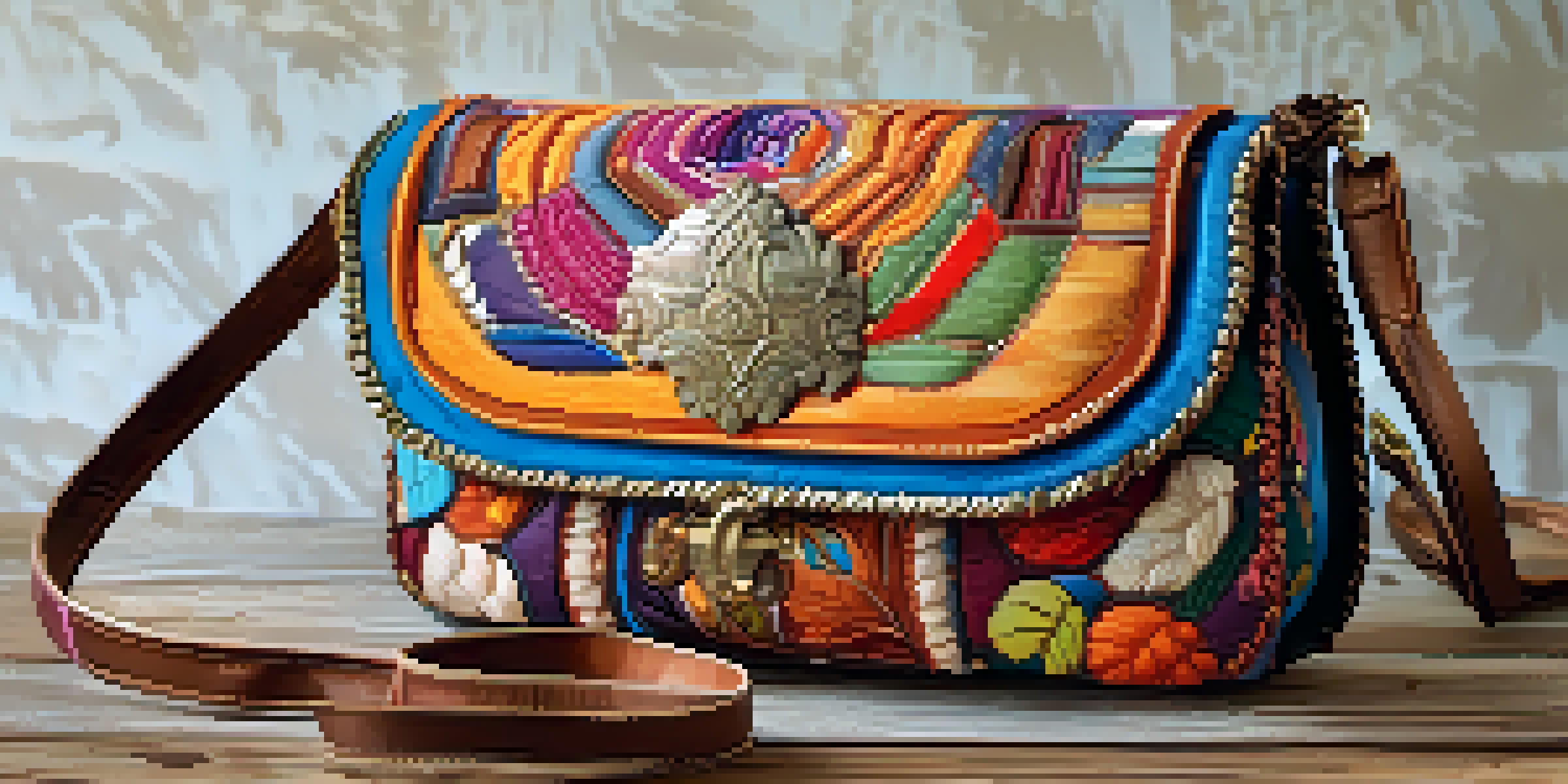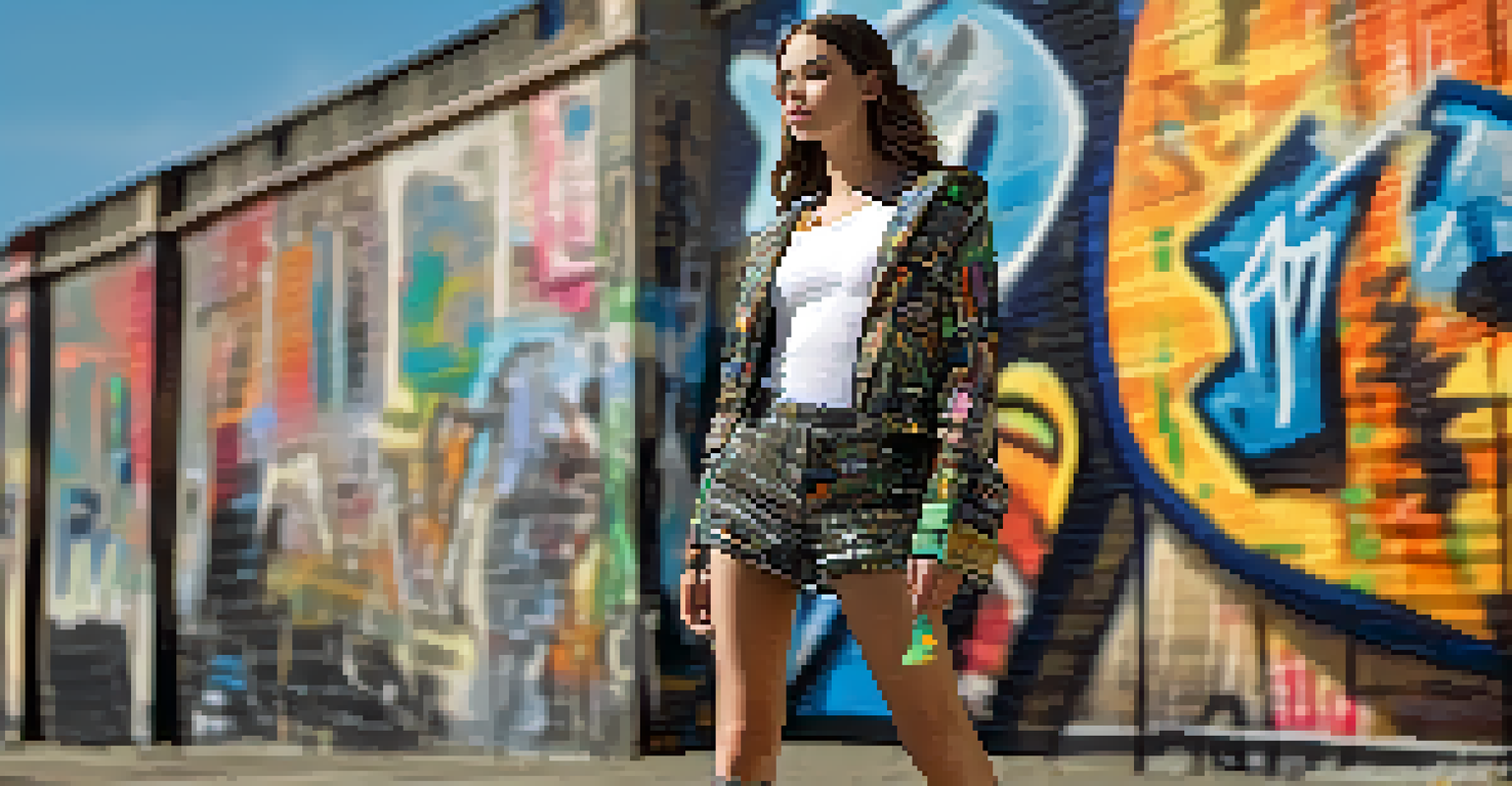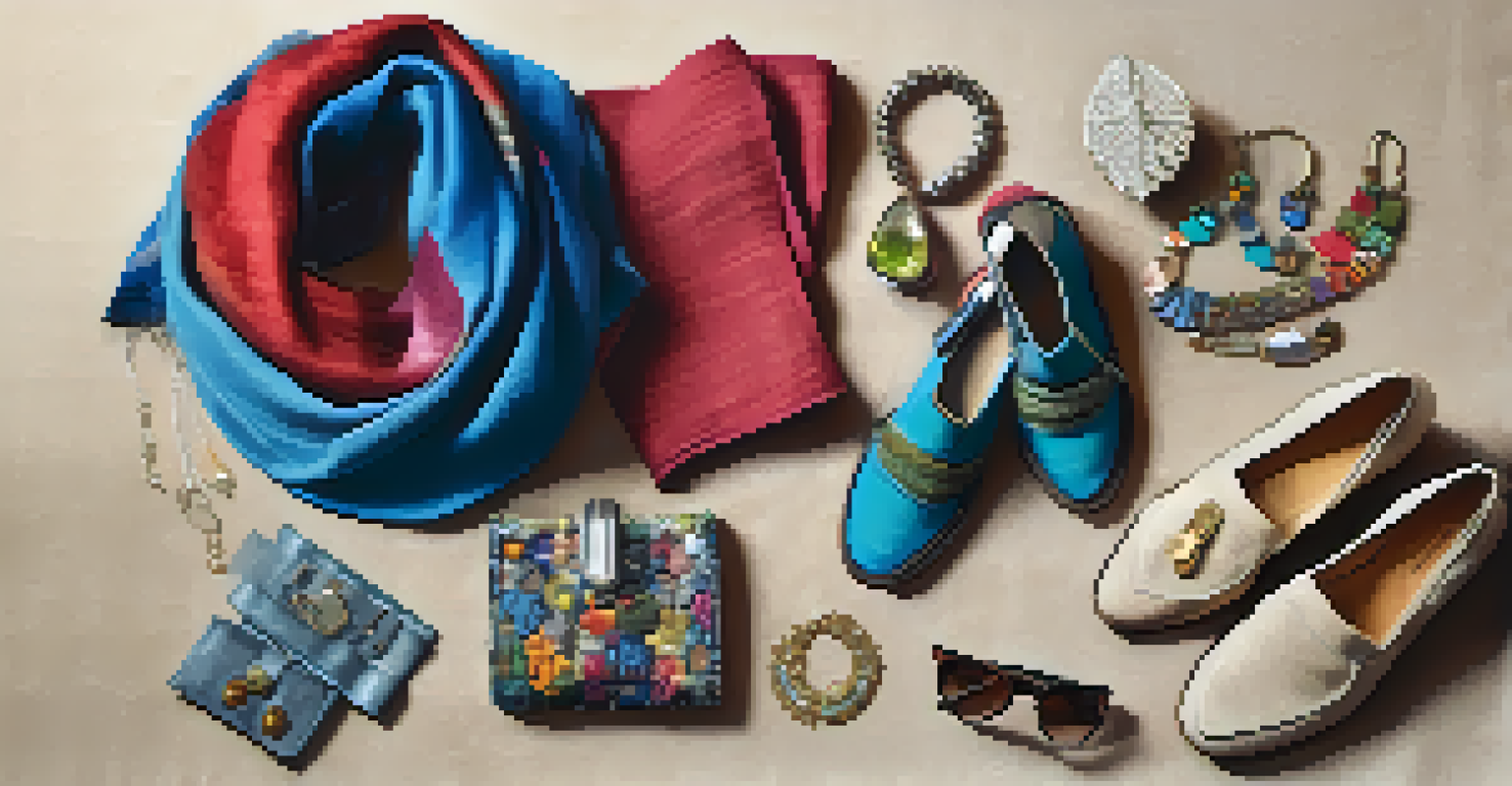The Rise of Upcycled Fashion in Luxury Brands

What is Upcycled Fashion and Why Does it Matter?
Upcycled fashion involves transforming discarded materials into new clothing or accessories. Unlike recycling, which breaks down materials, upcycling creatively repurposes them, giving them a new life. This practice has gained traction as consumers increasingly seek sustainable options in their wardrobes.
Fashion is about dreaming and making other people dream. But it’s also about creating a better world for the next generation.
The significance of upcycled fashion lies in its ability to reduce waste and promote sustainability. With the fashion industry being a major contributor to environmental issues, upcycling offers a solution that aligns with eco-conscious values. As consumers grow more aware of their purchasing decisions, brands are responding by incorporating upcycled materials into their collections.
Luxury brands, historically associated with exclusivity and opulence, are now using upcycled fashion to redefine their image. This shift not only appeals to a younger, more environmentally aware audience but also challenges the traditional notions of luxury. By embracing upcycling, these brands are proving that sustainability and style can coexist beautifully.
The Evolution of Luxury Fashion Towards Sustainability
Luxury fashion has undergone significant changes over the past decade, with sustainability at the forefront of this evolution. Once viewed as a niche concern, sustainable practices are now central to brand strategies. This shift reflects a growing recognition that luxury can no longer ignore its environmental impact.

Brands like Stella McCartney have pioneered sustainable fashion, using eco-friendly materials and championing ethical production practices. Their commitment to sustainability has inspired others in the luxury sector to follow suit, resulting in a broader movement towards responsible fashion. As more brands adopt these practices, the landscape of luxury is evolving into one that values sustainability as much as style.
Upcycled Fashion Redefines Luxury
Luxury brands are embracing upcycled fashion to align with sustainability and appeal to eco-conscious consumers.
This evolution not only enhances brand reputation but also resonates with consumers who are increasingly prioritizing ethical choices. Today's luxury shoppers are keen to invest in pieces that tell a story and reflect their values. As a result, the demand for upcycled fashion is on the rise, pushing luxury brands to innovate and adapt.
Key Players in Upcycled Luxury Fashion
Several luxury brands have emerged as leaders in the upcycled fashion movement, showcasing creativity and sustainability. Notable names include Gucci, which has launched collections using surplus materials, and Balenciaga, known for its innovative use of leftover fabrics. These brands are setting a precedent for others to follow, proving that luxury can be both chic and eco-friendly.
Sustainability is not a trend. It’s a responsibility.
In addition to established names, emerging designers are making waves in the upcycled fashion scene. Many of these creatives focus exclusively on using discarded materials, turning them into unique, one-of-a-kind pieces. This trend not only highlights the artistry involved in upcycling but also emphasizes the importance of individuality in fashion.
By spotlighting these key players, the fashion industry is beginning to shift perceptions about what luxury means. Upcycled pieces are not merely trend-driven; they embody a commitment to sustainability that appeals to a conscientious consumer base. This change is reshaping the future of fashion, encouraging all brands to rethink their approach.
Consumer Demand for Sustainable Luxury
Today's consumers are more informed than ever, and their purchasing decisions are influenced by a brand's sustainability practices. A growing number of luxury shoppers prioritize eco-friendly options, leading to an increased demand for upcycled fashion. This trend reflects a broader cultural shift toward responsible consumption and environmental stewardship.
As awareness of environmental issues rises, consumers are seeking brands that align with their values. They want to invest in pieces that not only look good but also contribute positively to the planet. This change in mindset has prompted luxury brands to rethink their strategies, incorporating sustainable practices into their core offerings.
Consumer Demand Drives Change
Informed consumers are increasingly prioritizing eco-friendly options, pushing luxury brands to innovate with upcycled materials.
The power of the consumer in shaping the future of fashion cannot be overstated. By demanding more sustainable options, shoppers are driving luxury brands to innovate and embrace upcycled fashion. This collective effort can lead to significant change in the industry, promoting a more ethical approach to luxury.
Challenges and Criticisms of Upcycled Luxury Fashion
While the rise of upcycled fashion in luxury brands is promising, it is not without its challenges. One major concern is the perception of quality; some consumers may question whether upcycled materials can meet the high standards expected from luxury brands. This skepticism can hinder broader acceptance of upcycled fashion within the luxury market.
Additionally, the sourcing of materials can present difficulties. Brands must navigate the complexities of finding quality surplus fabrics while ensuring ethical practices throughout their supply chain. This requires a commitment to transparency and responsibility, which can be challenging for some luxury labels.
Despite these challenges, the potential benefits of upcycled fashion far outweigh the drawbacks. As brands continue to innovate and educate consumers, the stigma surrounding upcycled materials can diminish. By addressing these concerns head-on, luxury brands can pave the way for a more sustainable future.
The Role of Social Media in Promoting Upcycled Fashion
Social media has become a powerful tool for promoting upcycled fashion, allowing brands to reach a wider audience. Platforms like Instagram and TikTok are filled with influencers and consumers showcasing their upcycled finds, creating a buzz around sustainable fashion. This visibility helps to normalize the concept and encourages more brands to participate in the movement.
Moreover, social media facilitates storytelling, enabling brands to share the origins of their upcycled pieces. By highlighting the creative process and the materials used, brands can connect with consumers on a deeper level. This transparency fosters trust and loyalty, further driving interest in sustainable luxury.
Social Media Fuels Upcycled Trend
Platforms like Instagram and TikTok are helping to promote upcycled fashion, fostering a community of environmentally aware consumers.
As consumers engage with upcycled fashion content on social media, they become more aware of their own purchasing habits. This awareness can lead to a shift in consumer behavior, with more individuals opting for sustainable choices. In this way, social media not only promotes upcycled fashion but also cultivates a community of eco-conscious consumers.
The Future of Upcycled Fashion in the Luxury Sector
The future of upcycled fashion in luxury brands looks bright, as sustainability becomes increasingly important to consumers and brands alike. As the demand for eco-friendly options continues to rise, we can expect more luxury labels to adopt upcycling practices. This evolution will likely lead to innovative designs and a broader acceptance of upcycled materials in high-end fashion.
Additionally, collaborations between luxury brands and upcycling-focused designers could become more common. These partnerships can merge creativity with sustainability, resulting in unique collections that capture consumer interest. The fusion of luxury and upcycled fashion has the potential to reshape the industry landscape.

Ultimately, the rise of upcycled fashion reflects a significant cultural shift toward sustainability in the luxury sector. As consumers and brands work together, we can anticipate a future where fashion is not only beautiful but also responsible. This exciting development promises to redefine luxury in a way that honors both style and the planet.